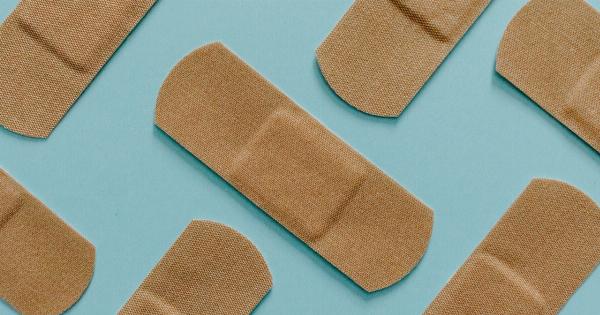Middle pain can be a challenging condition, especially when it becomes chronic. The pain can be sharp or dull, localized or diffuse, and can interfere with daily activities or sleep.
However, there are non-pharmaceutical remedies that can help relieve middle pain. In this article, we’ll discuss some of them.
1. Heat Therapy
Applying heat to the affected area can help reduce middle pain. Heat increases blood flow to the area, which helps to reduce pain and stiffness. You can use a hot water bottle, heating pad, or hot towel for heat therapy.
Apply the heat for about 15 to 20 minutes, several times a day. Make sure not to make the heat too hot and avoid falling asleep with it.
2. Cold Therapy
Cold therapy can also help reduce middle pain by reducing inflammation and swelling. You can use a gel pack, ice pack or frozen vegetables wrapped in a towel for cold therapy. Apply it to the affected area for about 10 to 15 minutes, several times a day.
To avoid skin irritation, make sure to wrap the ice pack with a towel before applying it to the skin.
3. Exercise
Exercise can help reduce middle pain by improving flexibility, strength, and range of motion. Low-impact activities like swimming or walking are great for reducing pain levels. Yoga and stretching can also be effective in reducing pain.
Always do gentle poses gradually and hold them for around 10 to 30 seconds. Talk to your doctor before starting any exercise program.
4. Massage Therapy
Massage therapy can help reduce muscle tension and pain. A trained therapist can work on the affected muscles and help reduce the pain. You can also use a massage ball or foam roller to do self-massage at home.
Make sure to consult with a professional massage therapist or a doctor before trying to self-massage to avoid any injury.
5. Sleep Position
Sleep position can greatly affect middle pain. Sleeping on your side with a pillow between your knees can help keep your spine properly aligned and reduce pain. Try to avoid sleeping on your stomach as it can create more pain and tension.
When lying on your back, place a pillow under your knees to reduce pressure on the spine.
6. Acupuncture
Acupuncture is an ancient Chinese therapy that can help reduce middle pain. It involves inserting small needles into specific points of the body. The needles stimulate the body’s natural healing process and reduce pain.
Acupuncture is generally safe, but make sure to consult with a licensed acupuncturist before trying this therapy.
7. Chiropractic Care
Chiropractic care can help reduce middle pain by manipulating the spine. A chiropractor can use manual techniques to realign your spine and improve blood flow to the affected area.
Chiropractic care may not be suitable for everyone, so make sure to consult with a chiropractor and your doctor before receiving treatment.
8. Dietary Changes
What you eat can affect your middle pain. A healthy diet rich in whole foods, fruits and vegetables may help reduce pain levels. You may also consider adding anti-inflammatory foods to your diet like turmeric, ginger, and fish oil.
Always talk to your doctor or a registered dietician before making any major dietary changes.
9. Mind-Body Techniques
Mind-body techniques like meditation, deep breathing or biofeedback can help reduce middle pain by reducing stress levels. Stress can greatly exacerbate pain levels, so learning to cope with and manage stress can help reduce pain.
Try adding mindfulness practices to your daily routine like setting aside 5-10 minutes a day to meditate or breathe deeply.
10. Physical Therapy
Physical therapy can help reduce middle pain by improving range of motion, strength, and flexibility. A physical therapist can develop a specific plan of exercises and goal timeline to reduce pain.
They would craft a plan based on your individual pain, medical history, etc.






























